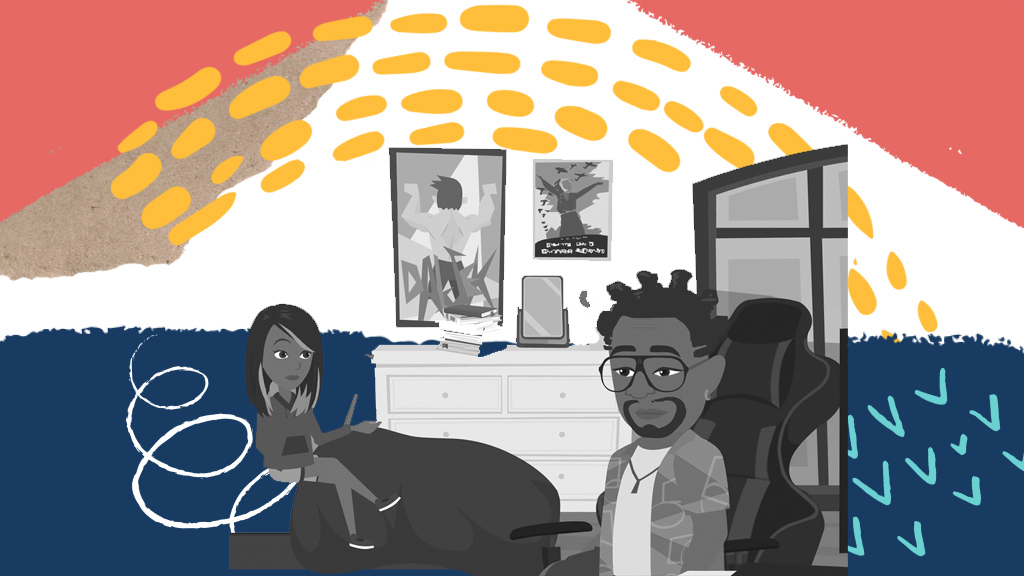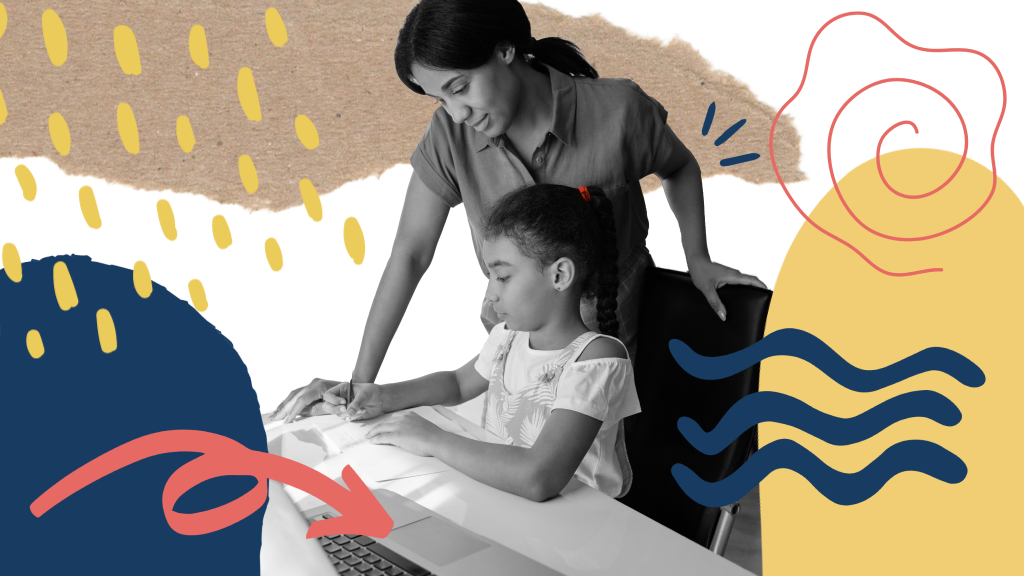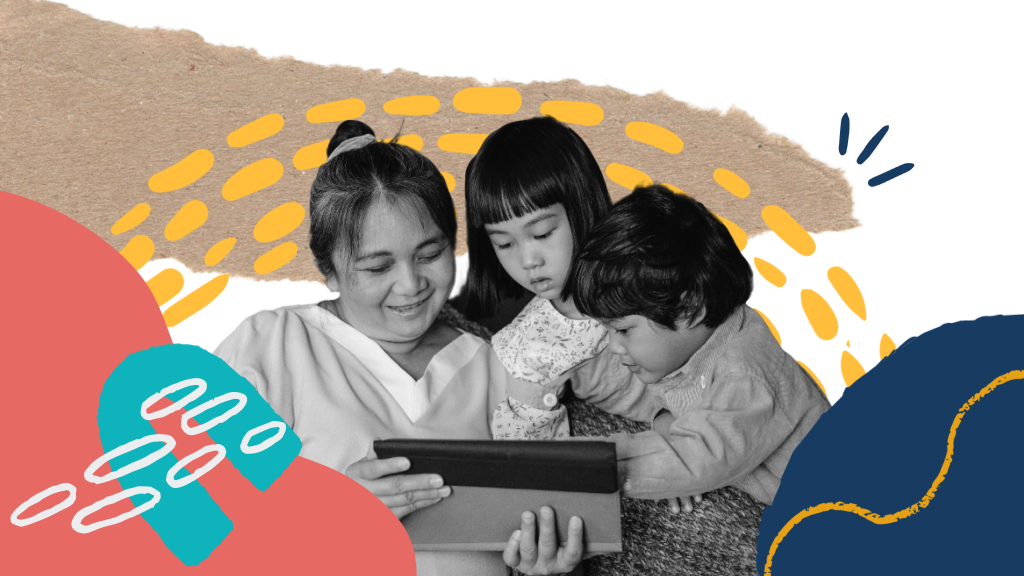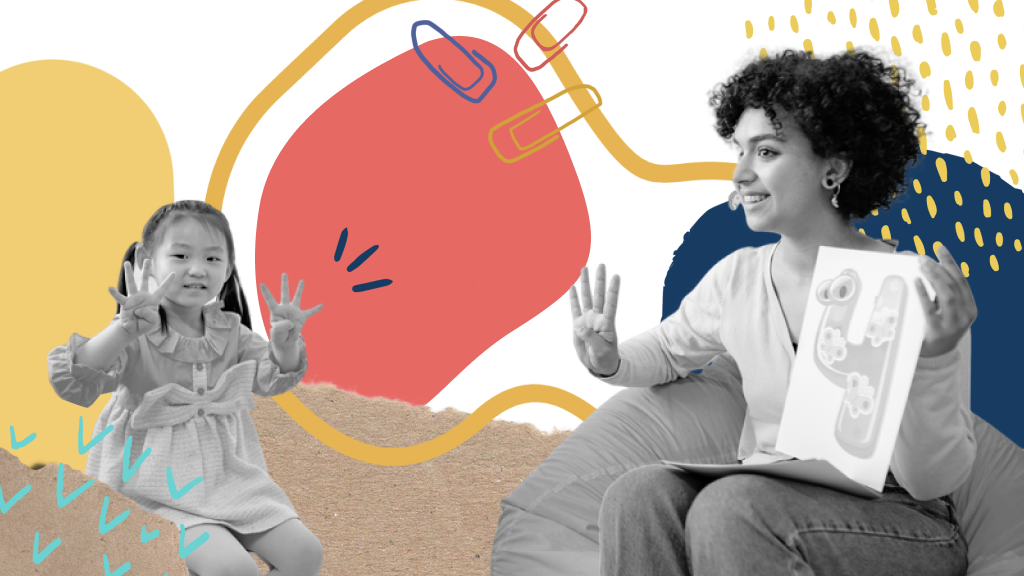The Wheel of Life for Teens
3 Nov 2022

The wheel of life is a personal development tool that provides a visual representation of the different areas of your life. By filling out a wheel of life worksheet, teenagers can see which areas they’re prioritizing and which might be out of balance.
Life coaches often use the wheel of life — also known as the ‘balance wheel’ or ‘coaching wheel’ — with their clients to assess a person’s overall wellness and their current level of satisfaction with life.
The wheel of life exercise is a great way to refocus attention where it’s needed at any stage of life. However, it’s even more vital for teenagers, who face many challenges as they move through this transitional period of their lives.
Life can sometimes feel overwhelming as they navigate school, family, friendships, and the path to adulthood. A system that helps them assess where they’re at and what they can do to address imbalances can provide a sense of purpose and direction — and the wheel of life is one such tool.
Teachers and parents can use the wheel of life to support their students or children — but remember, it should not and cannot replace therapy, medication, or professional counseling.

This article will explain how to help teenagers build and use the wheel of life. We also provide two done-for-you templates that you can download and keep.
How to Build Your Wheel of Life in 4 Easy Steps
Guide your child or students through the following steps to build their wheel of life
Step One: Choose the Categories
The categories should reflect the areas of life that are most important to each individual. To get started, invite them to think about everything they do over a week or month.
For example, going to school (or attending home school) could be one category, while homework could be another. Perhaps they play a sport or musical instrument — those could be two more categories.
Then, ask them to think about their personal lives, who they spend time with, and what they like to do. They could have one category for family, another for friends, and one for hobbies. If they have a romantic relationship, they might want to include that.
Next, ask them about self-care and well-being. Perhaps they like to make sure they eat a healthy diet. If so, that can be a category. Maybe they take medications or make regular doctor’s visits? Include those. If they enjoy any self-care practices, such as yoga, they can include those.
Another category could be finances — for example, if they’re saving money to buy a car, travel, or go to college. If they have a part-time job, they could include that. Here’s an example of what their list might look like:
- Studying for high school or college
- Work (a part-time job or any freelance work that makes them a bit of money)
- Football
- Gym (or any other physical activity)
- Piano lessons (or any other hobby they might have)
- Family
- Friendships
- Healthy eating
Each teenager’s list will probably look different from this one, and that’s okay. The important thing is to cover everything that’s important to them.
Step Two: Draw The Wheel of Life
Have your child or students draw a circle (or use our template!) and divide it into eight to ten equal sections so they look like pizza slices. Ask them to assign each section of the circle to an area of life from their list. Alternatively, scroll down and find the circle of life templates we created just for you.
Step Three: Assess Each Category
For each area of life, ask each child or student to think about how satisfied they are with where they’re at and how much room there is for improvement. Have them score each category from zero to five — zero being very unsatisfied and five being very satisfied.
For each ‘slice’ of the circle, ask them to place a dot in the circle according to its score — zero will be in the center, and five will be on the outer edge.
Step Four: Connect the Dots
Once each category has its own dot, have them draw lines that connect all the dots together. This will create a diagram showing which areas of their life they’re prioritizing and which may need some extra attention.
Here’s an example of what a completed wheel of life might look like:

What Next?
Teenagers can think of the different areas of life as the toppings on their pizza slices. Invite them to think about which of their ‘pizza toppings’ they might need more or less of.
For example, maybe they don’t like the amount of time they spend studying, especially if it leaves them with less time for hobbies or spending time with family and friends.
Ask them to think about how they could create greater balance in this situation. Do they need extra support? Maybe they’re pushing themselves too hard and need to cut themselves some slack. Have them brainstorm actions that will help them balance their wheel.
Download Our Wheel of Life Template
We’ve created two downloadable wheel of life templates to save you from having to make them from scratch. One is blank, so teenagers can fill out their own categories. On the other, we’ve added some suggested universally-relevant categories so you can jump straight in and get started.
The wheel of life is a handy tool that you can use to help teenagers regularly reassess and readjust different areas of their lives. Doing this exercise regularly can foster a growth mindset and empower teenagers to take control of their health and well-being.
If you’re looking for more resources to support teenagers in their personal development, sign up to Lessonbee. You’ll gain immediate access to classes, interactive content, and other culturally-relevant resources to help teens create more balance in their lives.
Read More

Human Trafficking: Understanding the Impact and How to Help

A Guide to Social Emotional Learning for Homeschooling Parents

How to Help Your Child Deal With Online Harassment

Online Safety for Parents: How to Safeguard Your Child in the Digital World


